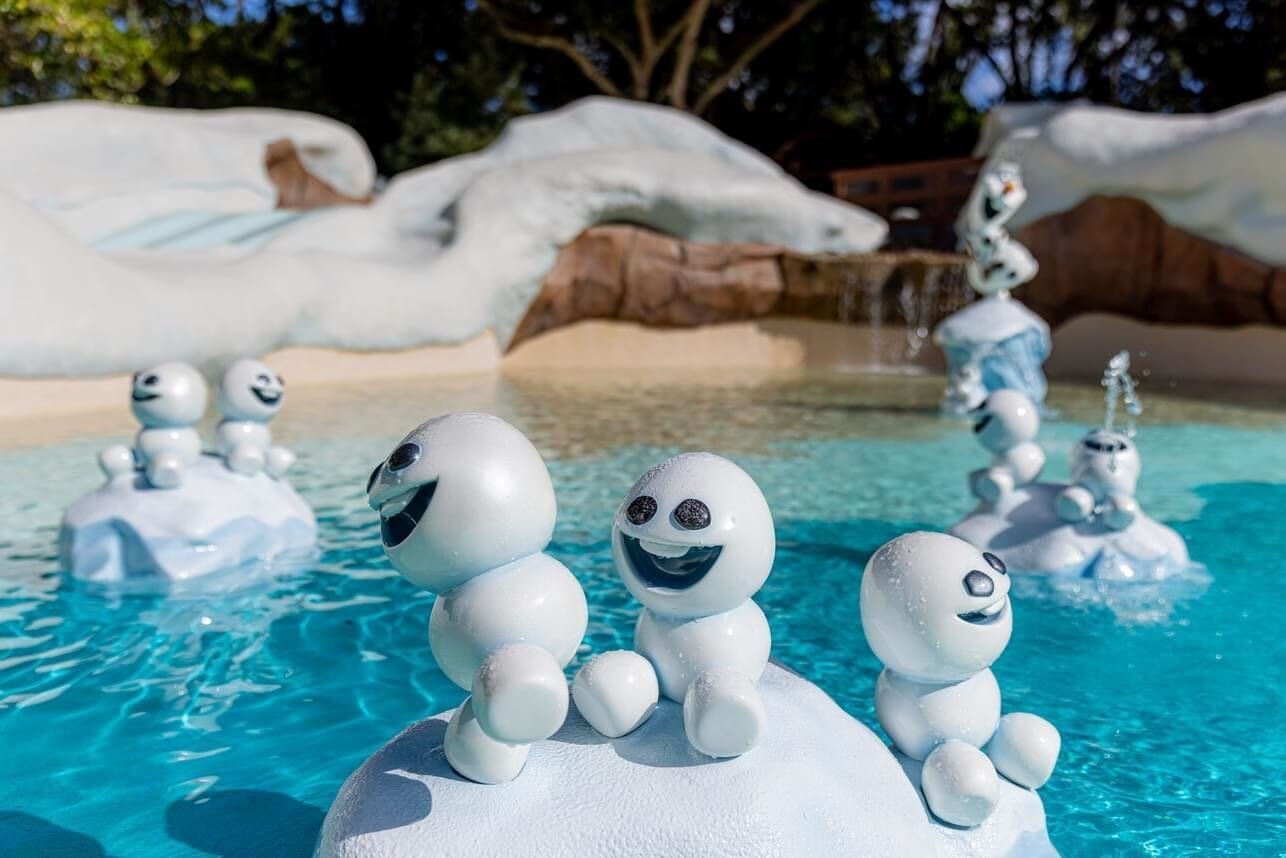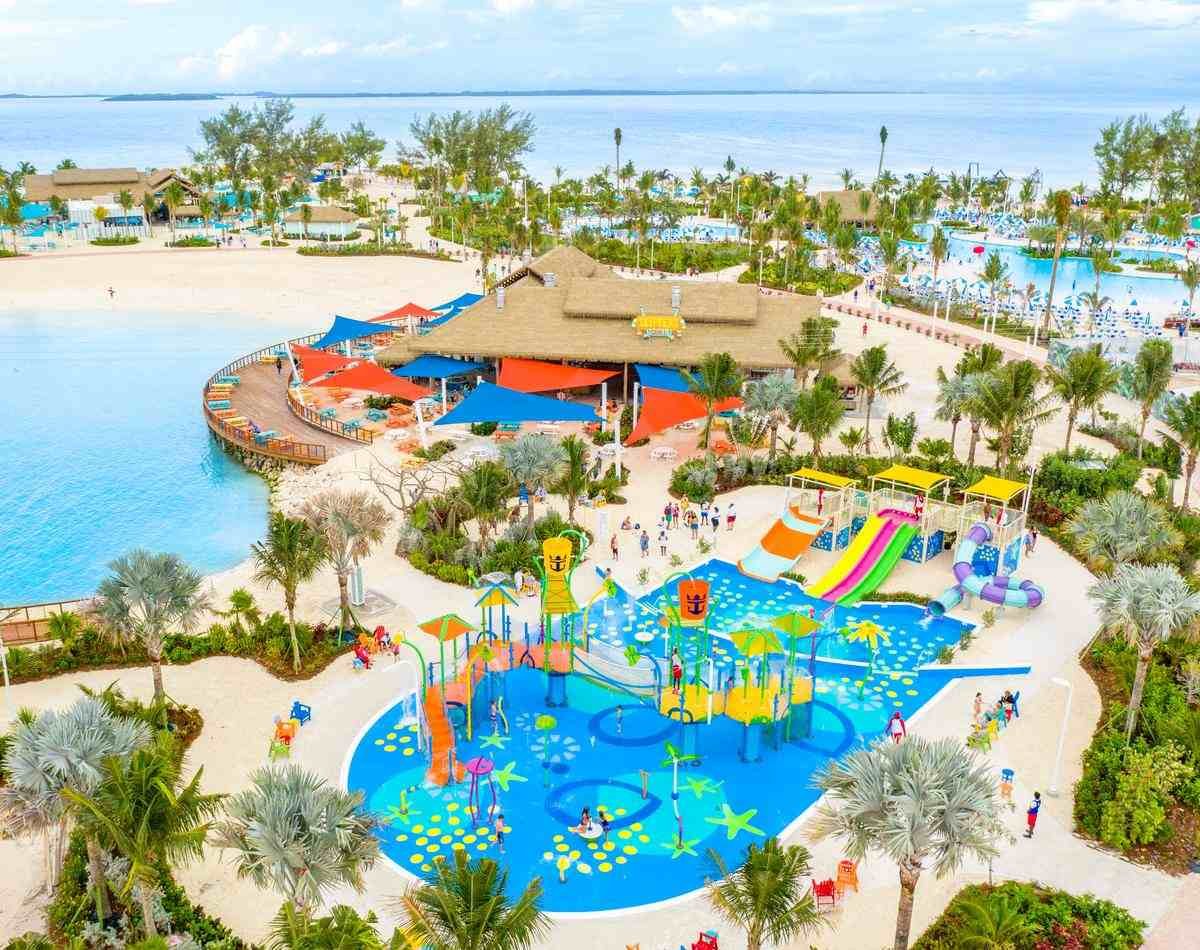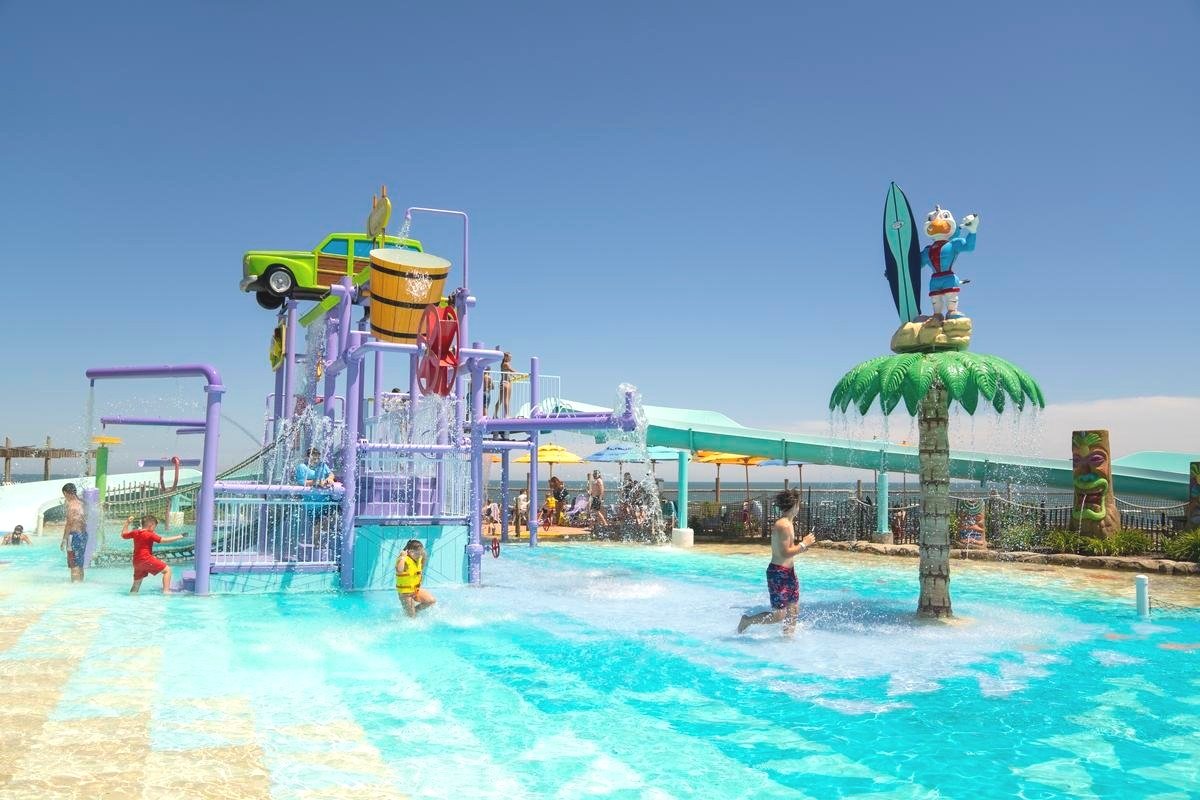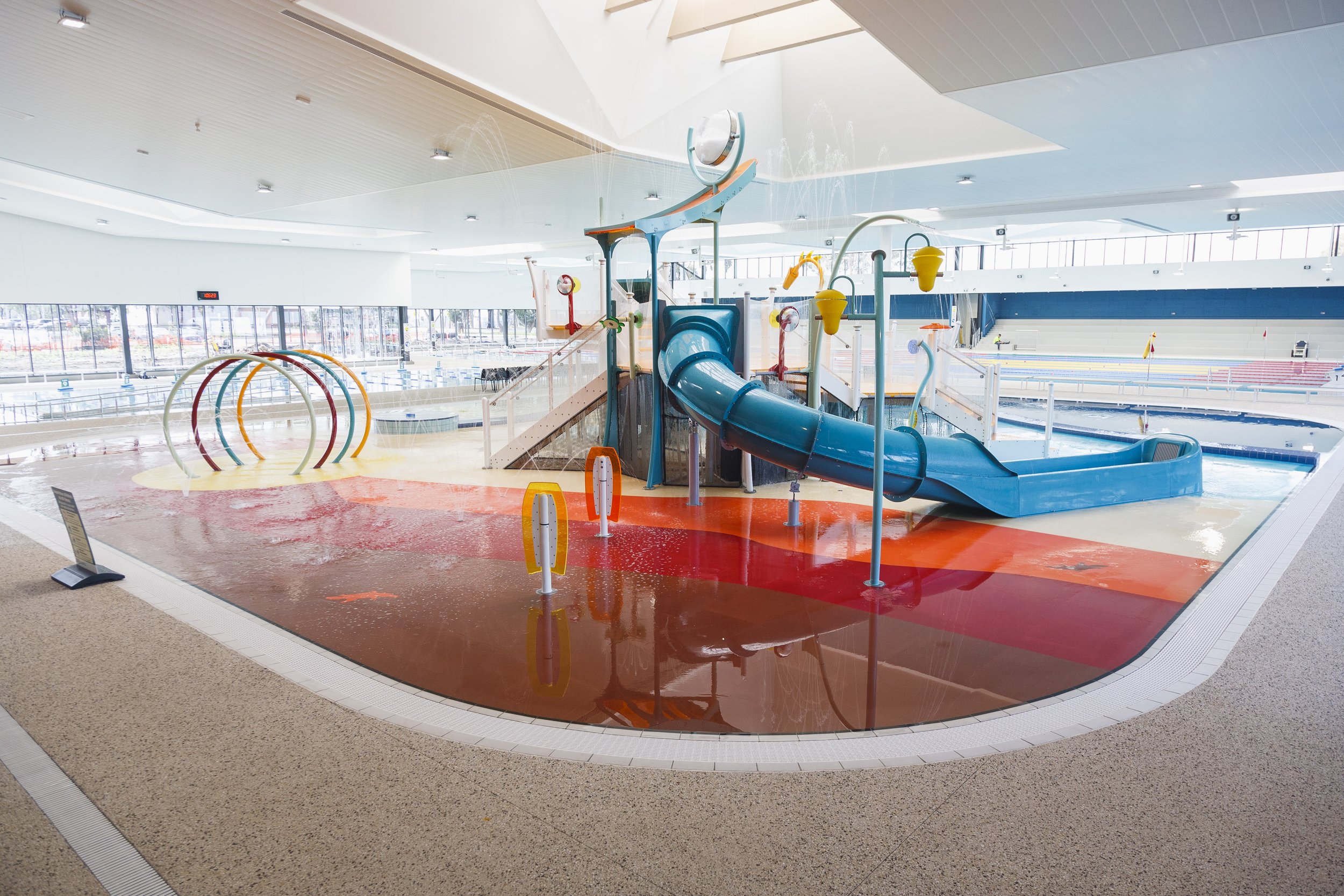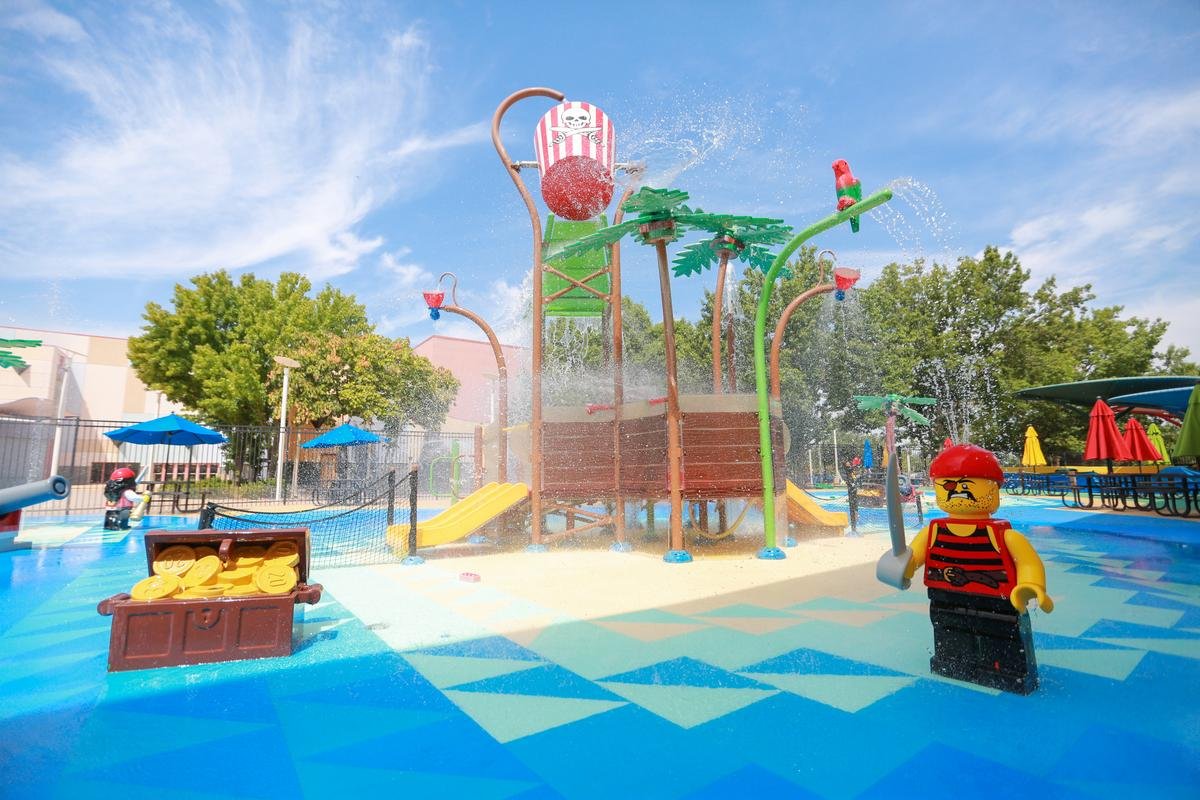We’re excited to share an interview with Jesse Muller, ASLA, AZA, TEA of Perry-Becker Design where we talked about what storytelling means to him. Jesse currently serves as the firm’s Marketing Manager/Design Associate and has been on the team for the last 9 years. He has worked on a variety of projects from Toy Story Land at Walt Disney World Resort to the Mai-Kai Polynesian Restaurant (reopening Fall 2024).
Tell us about one of your favorite stories. It could be fiction, non-fiction, or any story.
“Davy Crockett was, for me, a character that I latched onto right away when I was young because of the time period that he lived in, figuring his way out in the frontier, living off of the land, and I've always been a very passionate kid about nature and the environment.
If you give me a choice between a million-dollar suite in the city, watching a sports game, or just being in the forest listening to a creek going by, I'll choose the creek every time because there's something that's special about just being in nature and having that deep connection with it.”
Was there a specific story or adventure that stands out?
“The time period before he became governor and became involved in politics and was more of the Frontiersman living in the wilderness and helping out his neighbors and just kind of doing his own thing in his own way, has always been a really cool, fun memory for me.
I had the (faux) raccoon skin cap, the moccasins, leather-fringe jacket, the toy rifle from Disneyland (when they used to sell toy guns). I wanted to be Davy Crockett. Everyone wanted to be Davy Crockett. I still today sometimes want to be him, but an equally impactful story that stands out, is the one in which we use landscape architecture in the themed entertainment industry, to create environments for people to go into and feel like THEY are Davy Crockett.”
Polynesian Resort water feature, photo provided by Jesse Muller
What would you consider to be the greatest success in a themed space? What would make a themed space successful, in your opinion, with storytelling?
“If we're strictly talking about themed experiences and thematic design, it’s giving people the chance to suspend their beliefs, venture into another galaxy or another world, be immersed in that experience, follow along with the characters that they love, feel like they're part of a story, and then come back and appreciate all the exciting things that they got to do that day. We sometimes get to go and visit the parks and see people's reactions when a new attraction opens.
For me, it’s sitting on a bench watching families excitedly run by. Most of the work that we do is in the background. If you think about landscape architecture, it's the paving that you're walking on, it's the curbs, it's the railing that you're holding on to when you're going up the stairs, it's all the plants everywhere around you. It's the way that when it rains, it drains to a drain, it doesn't flood. All of those things are so ancillary that they’re not really the focus of someone's attention. If they're having fun at an attraction or if they're having fun in a space, part of the reason is because of the work that we've done, and the environment they're stepping into.”
ZooTampa Stingray Shores - Stairs into Pool, photo provided by Jesse Muller
Disney's Animal Kingdom Kangaroo Barrier, photo provided by Jesse Muller
“I would give a second example of a zoological related scenario where, if you design a habitat correctly and successfully, you're giving guests the ability to make an impactful connection with wildlife that leads them towards feeling this sense of stewardship, with belonging and responsibility to protect wildlife. What a lot of zoos are trying to do with all their new exhibits they're developing is create immersive experiences that are not only beautiful and fun to engage with and be surrounded by, but also something that gives you a feeling of connection and encourages citizen science. Then, when these guests go home, they're able to then still connect with what they saw that day, look up virtual cams or be part of an online game or whatever it is, there are ways they can participate then act towards conservation - that's a huge success for us.
Another person that we admire from a storytelling perspective is Steve Irwin. The stories that he told when he was filming documentaries, and the passion in his voice when he explained things or he saw something scurry by and he’d go run after it. It didn’t matter how many times he got bit, he got people to feel the same way that he did about what he saw through storytelling.”
“The most impactful stories for me are stories that make you think differently. ”
Toy Story Land, photo provided by Jesse Muller
Toy Story Land, photo provided by Jesse Muller
Shade at Toy Story Land Queue, photo provided by Jesse Muller
Can you talk about a project that's centered around a strong story and what made that story come to life?
“A recent project we worked on was Toy Story Land at Hollywood Studios. The story there is that you're in Andy's backyard, and all the toys are life size - so they're huge, and you’re the size of an ant, and you're walking through all these places. And the design team figured out how to design benches that are made up of popsicle sticks or dominoes. Or shade structures that are things that Andy would have found around the house that he just stuck in the ground in the yard to play and become one with his own imagination. The story was reinforced by all of the props that are being developed by Disney and put out into that space. We were able to help navigate how the guests are moving through that space and where they're looking first and where they're looking second, and controlling those views so it doesn't feel overwhelming.
You can't just put up a pergola or a trellis and call it a day. You have to make it feel like it fits into the rest of the space. For shade, gameboards were used to make it look like Andy had constructed something for his toy set, and he just kind of put it in the backyard. It's now actually doubling as shade structures for the guests, so they're not always in the sun. We had to go through the process of using real reference imagery from the movies, references from actual toys that got developed (yes we played with blocks at work), and look at how we can manipulate these things so they fit in the story. It can’t detract from what's already there. Like the sign that says restrooms is made out of toy blocks. Each letter is kind of askew and placed on top of the building to let you know this is where the restrooms are. It's not just going to say ‘restrooms’' - it's going to do it in a fun way.
Those are the details that we fixate on, that we try to include in everything that we do, even when it's a resort or a multi-family project or if it's a pool amenity for a housing complex, we're thinking on the same level of detail like that. Like which way do the pavers run so that when you drive over them, when you come home, you feel a difference in the drive, the bumpiness of the drive, and it lets you know that you've arrived at home. Not everybody picks up on that, but the people that do pick up on it appreciate that, and then they can tell that story to someone else and maybe open up their eyes to something that they didn't notice before.”
Mai-Kai Polynesian Restaurant, Site Plan Rendering provided by Jesse Muller
“We're working on a project right now down in Fort Lauderdale, the Mai-Kai Polynesian Restaurant, which is a very historic restaurant down there. When you enter that site, you used to drive over these wood timbers that would rumble, they would rattle a little bit because they weren't fully attached to the ground. So, the feeling of rumbling underneath your car not only gave the driver an experience, but the people just adjacent to the road inside the bar could hear the rumbling. It kind of sounds like thunder. And then on the windows, there's this water effect where it looks like rain, so they're having an experience of this thunderstorm. You're having experience of driving over something that puts you in a place and sets the tone for what you're about to experience. Those kinds of details are what we try to incorporate into all stories that we tell through landscape architecture in any way that we can. From shade structures to a different type of paving - whatever it is - that's the kind of mentality that we're always trying to include in all of our projects.”
What was a clever detail or surprise that your team put together for a project?
“Another thing I'm passionate about is Polynesian culture. If you want to talk about storytelling, go to the Polynesian islands, because everything they do is based on storytelling.”
Polynesian symbols used at Mai-Kai Polynesian Restaurant, provided by Jesse Muller
“For example, the Mai-Kai restaurant I just mentioned down in Fort Lauderdale. On the paving outside the main entrance, we are going to feature these three symbols. These Polynesian symbols are going to be sandblasted into the concrete so they're not right in your face. They're a secondary focal point. Those three symbols represent different aspects of the storytelling process for the Polynesian cultures.”
“One of them is Moana, the word represents ocean. That symbol represents harmony with nature. And there's Koru, which is a spiral, which represents regrowth and rebirth and rejuvenation. And then there's the fishhook, which is Hei Matau, which represents safe passage usually over water, but it's safe passage regardless of where you're going. Those three symbols connect with the project as people are walking up to the building, so it's encouraging people to safely travel from where they were to where they're going.
This was a dilapidated building that closed in 2020 because the roof caved in. It's from the 1950s so it's old and falling apart, but this project is bringing it back to life of what it used to be. When I presented those three things at a Tiki convention last year, everybody went crazy because they were picking up on those subtleties that we included, and we did that intentionally, because we want the details to speak to the story, but not in an in-your-face kind of a way. To be honest with you, finding those symbols, realizing how they connect to the project, putting them in the ground so people can walk over them and see them and appreciate them was one of the best parts of that project.”
How do you think about surfacing in terms of incorporating the story into the surface?
The floor of a tropical rainforest is usually made up of decomposed natural earth and rotted wood; natural materials decomposing and breaking down. The World Famous San Diego Zoo demonstrates this exceptionally well when you're viewing the Orangutans and suddenly you walk onto this softer, spongy material you can feel under your feet. It feels great when you’ve walking around all day and you have a little break to rest. It puts you in that story that “I’m actually walking through a forest and I can feel it”. It's not always about what you're seeing, but it's what you're hearing, it's what you're smelling, and it's what you're feeling with your hands and your feet. Engaging the senses more into the materials that we're touching every day, I think would be a really good way to enhance storytelling in ways that it hasn't really been in the past.
You don't need guests to specifically identify, ‘hey, I feel better now because of A, B and C.’ Just to have them think, “I'm really enjoying this space” and then have them share with others who might experience it completely differently. Everyone's ultimately experiencing something good in a different way and that's an important story to tell right there. It's the same story, but we're all seeing or feeling it in different ways.
It doesn't matter what the subject matter is, if it's Davy Crockett or if it's Toy Story Land, if we're all able to appreciate the slowdown and not be thinking about ‘I have to go home later and do laundry,’ then you know it's a good experience for everyone. We aim to encourage more than just adding fun materials for their cool factor. While they enhance the visual appeal and support the story from an aesthetic standpoint, there's a deeper purpose. The goal is to create spaces that make people feel good when they experience what you've designed.”
Jesse Muller at Arizona Sonora Desert Museum feeding a porcupine, photo provided by Jesse Muller
We would love to extend a sincere thank you to Jesse Muller for sharing his experiences with us. It’s been an absolute joy to hear about the ways in which themed entertainment is tackled from a landscape architecture perspective and the unique ideas the Perry-Becker firm creates!













